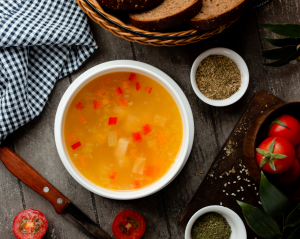Wild for walnuts
Food for thought

There are good reasons to go wild for walnuts. They are rich in Omega-3-fatty acids and high in antioxidants.This powerful combination helps support immunity, the management of inflammation in the body, and provides nourishment for the brain. Additionally, research shows that walnuts have protective benefits against metabolic syndrome, cardiovascular problems,Type-2 diabetes, and dementia.
Dietary studies indicate that approximately one ounce of tree nuts per day is the minimal amount needed to provide statistically significant benefits. In the case of walnuts, one ounce equals about 7 shelled walnuts, or 14 walnut halves. Add them to cereal, yogurt, salad, desserts, and entrees; enjoy them raw or toasted or as a nut butter.
While walnuts are harvested in December, they are available year round. When purchasing whole, unshelled walnuts choose ones that feel heavy for their size. The shells should not be stained, cracked or pierced as this can be a sign of mold on the nutmeat, which renders it unsafe for consumption.
Shelled walnuts are available in prepackaged containers, as well as bulk bins. Make sure the bins are covered and the store has a good product turnover to ensure freshness.
Due to their high polyunsaturated fat content, walnuts are extremely perishable and care should be taken in their storage. Store shelled walnuts in an airtight container and place in the refrigerator, where they will keep for six months, or the freezer, where they will last for one year. Unshelled walnuts should also be stored in the refrigerator, although as long as you keep them in a cool, dry, dark place they will stay fresh for up to six months.
Guiding Principles






